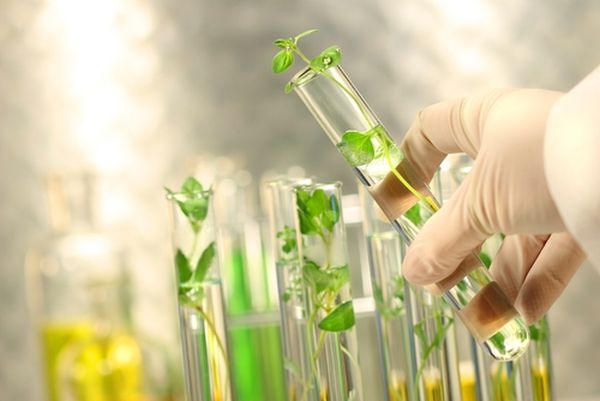Bioplastics, as the name suggest, are a new breed of plastics that come tagged with the green status. These are extracted from renewable sources, unlike one’s that are derived from petroleum. Natural materials like corn starch and vegetable oils have been long used to produce plastic. For example cellulose in wood pulp is still used to make cellophane. In this modern era, bioplastics are being used for mobile phone cases, car parts and even computer parts. The ever increasing oil prices and concern of the environmentalists to protect the nature from further deterioration has escalated the interest shown in biopolymers. But, have we ever contemplated on the fact that even bioplastics can pose a lot of difficulty in terms of biodegradation?

The good
Bioplastics are a much better option as compared to plastics derived from petroleum petro plastic. The production of bioplastics ranks high on the sustainability graph, which is worth praising. Fewer greenhouse gases are emitted when they biodegrade as these are not dependable on fossil fuels as a carbon source. But, even with so many green traits the production of bioplastics is still dependant on petroleum based products. This is used in the form of energy that is fetched from non renewable sources to power farm machines, crop irrigation, transport crops, etc. But, it still saves a lot of precious resources, which is worth applauding.
Can this be better
If plastics are derived from starch and cellulose, the overall process can become even better. Sorbitol and Glycerin, which are flexibiliser and plasticizer, are added to pure starch to make sure it can be processed thermoplastically. The material characteristics can be further altered by simply tweaking the amount of these products added. Industrial production of bioplastics made from starch is mixed with polyesters that are biodegradable in nature, which have a lower carbon footprint.
The Bad
Plastic produced from plants is as not cost effective when compared to the cost of producing petro plastics. However,some special applications of bioplastics are unbeatable. Starch polymers is one such example ; they are used to produce mulch films for agriculture purposes and are compostable. They can be left as such in the field, which will reduce cost.
Can this be avoided
There are many undergoing testing procedures to come up with an apt solution that will avoid the emergence of unpleasant situations. The EN 13432, is an international standard followed across Europe for validating the composting nature of products. It requires biodegradation of 90 percent of the materials in a lab in just 180 days. On the other hand, the ASTM 6400, a regulatory framework in USA requires a 60 percent biodegradation that too within 180 days, within commercial composting conditions. The good news is that PLA based plastics, plastics that are starch based and other aliphatic aromatic co-polyester compounds meet these standards.
The Ugly
It is feared that present recycling projects will be damaged by these bioplastics, which is definitely a rising concern. It is a well known fact that as less as 27 percent of the plastic produced is actually recycled. The rest either piles up at landfills or pollutes water bodies. People can get confused between PET and PLA, which do not mix together and if not sorted properly, they can produce recycled PET that can’t be reused. It is already an ongoing debate and a major concern worldwide.
Why are we so critical
It is not possible to recycle materials that are bio based in the present current stream, so one can’t think of dumping them straight in the recycling bin. So, the only solution is to educate people, who use or buy compostable plastics so that they understand the whole risk involved in a better way. Another way is to come up with exclusive bottle types or opting for sorting method that is suitable. But, sadly the first option is just not reliable and the second is definitely very expensive.
The Bottomline
The clean and green status of bioplastics is dependent on a variety of factors. This includes, use of raw materials, energy derived from non renewable sources, manufacturing methods and disposal options undertaken. But, the most important are the biodegradability and the compostable quotient. Major costs can be brought down if some sugar is diverted in the plant rather than extracting and then fermenting it to create plastic. Just by skipping the fermentation step a lot of money can be saved. 30 billion tons of natural plastic can be produced every year with the help of this method, which will help reducing 200 million tons of greenhouse gas emissions every year.




